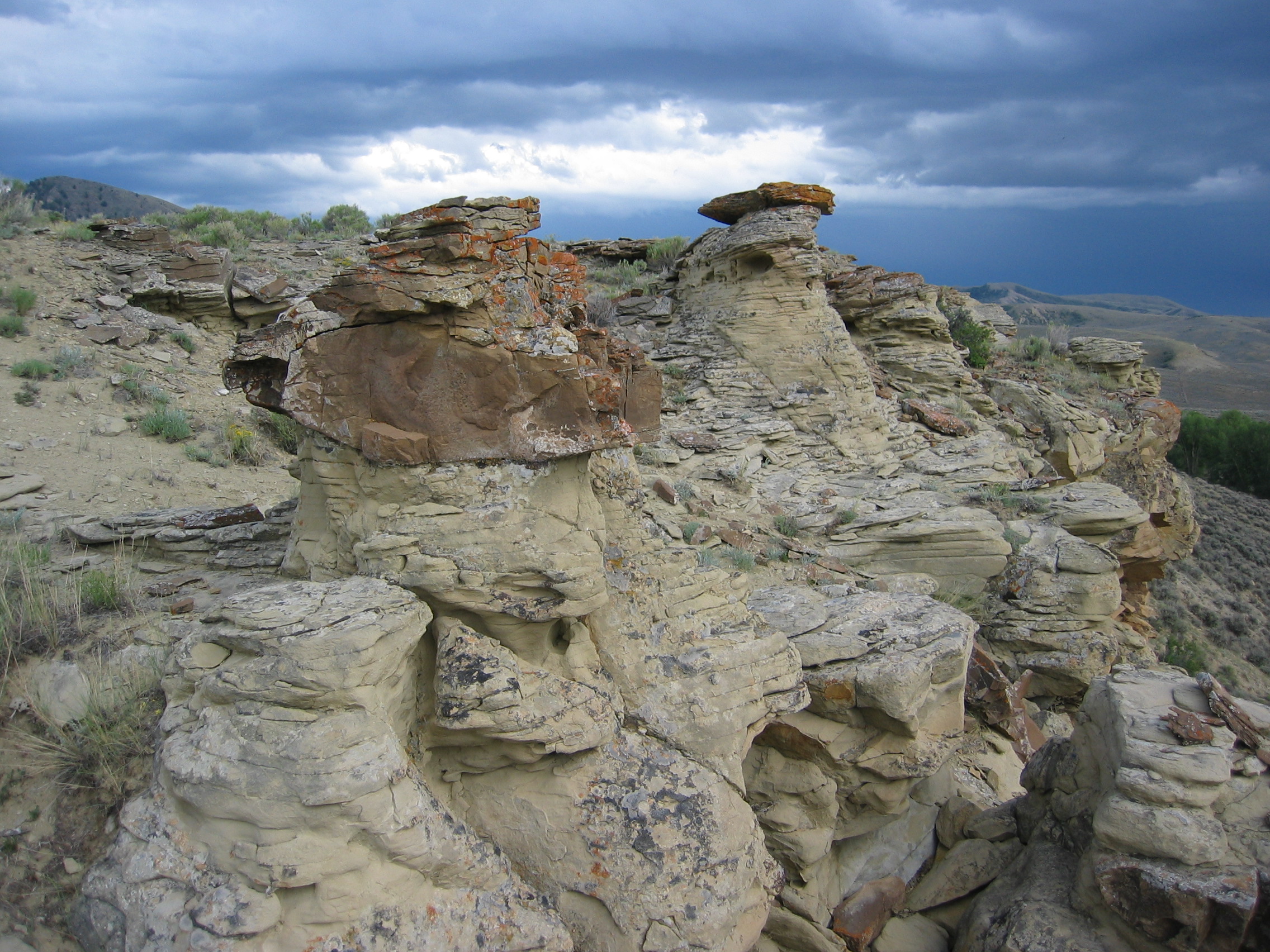|
DYNAMIC STRATIGRAPHY WORKGROUP |
|
Publications and presentations: Publications:
Conference/meeting presentations: Petter, A. L., 2005, Cretaceous lowstand shorelines of the Middle Park Basin, Colorado: Rocky Mountain Section – AAPG Meeting, Jackson Hole, Wyoming. |
|
People: Andrew Petter, Julio Leva Lopez, Ron Steel, Jeff Crabaugh, Carolina Gomez
Research question(s): Are the sandstone benches within the Pierre Shale of the Middle Park Basin in Colorado shelf sands or shoreline sands? How do they relate to more proximal deposits of the Western Interior Basin and to the development of Laramide basins? |
|
Cretaceous lowstand shorelines of the Middle Park Basin, Colorado |
|
Summary of work: The Upper Cretaceous (Campanian) Pierre Shale of the Middle Park Basin, Colorado, contains seven resistant benches, six of which are sand-rich. Detailed examination of the upper three benches (Hygiene, Carter, and Gunsight Pass) near Kremmling suggests that these sand bodies formed as shoreline deposits. The distal position of these shorelines, approximately 75 miles basinwards of highstand shorelines in the equivalent Iles and Williams Fork Formations to the west, suggests long-distance regression and deposition during relative lowstand of sea level. The Carter Sandstone is thick-bedded, very fine- to fine-grained trough cross-stratified sandstone interpreted as a migrating tidal inlet filled with shoreface or barrier-bar deposits. Raindrop prints found on a bedding plane confirm the shoreline interpretation of the Carter Sandstone. Paleocurrents within the Carter Sandstone suggest sand transport towards the southwest, in contrast to the overall east-west shoreline progradation within the Mesaverde Group. Longshore currents amplified by lowstand narrowing of the seaway could explain the anomalous direction of transport. The Gunsight Pass Sandstone consists of thick-bedded, very fine- to medium-grained cross-stratified sandstone interpreted as a tidal-dominated delta due to the landward-orientation of stacked, unidirectional cross beds and low diversity of bioturbation. Gunsight Pass paleocurrents were also oriented towards the southwest and west. Recognition of these extensive shoreline regressions into the Cretaceous Western Interior Seaway will be useful to further environmental reconstruction of the basin. Current work will attempt to understand the relationship of the Gunsight Pass Sandstone to the more proximal deposits to the west (i.e. the Twenty-Mile and Trout Creek Sandstones). Completed work has studied the relationship between the Ericson Sandstone in Wyoming, the Iles Formation in the Sand Wash Basin of Colorado, and the Carter Sandstone. |
|
Iron-rich concretions hold up pillars of trough cross-stratified Carter Sandstone. |
